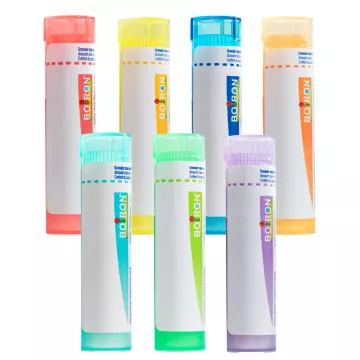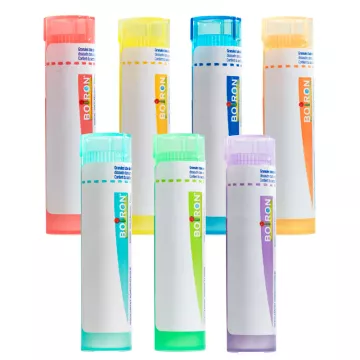

Bruises are a phenomenon that many of us have experienced at least once in our lives. But what do we really know about them? Here's a detailed exploration to answer the most frequently asked questions.
A bruise is a discoloration of the skin resulting from a minor injury to the blood vessels beneath the skin's surface. When these vessels are damaged, blood leaks into the surrounding tissue, resulting in a blue-black to yellow-green discoloration as the bruise heals.
Bruises form when the body experiences sufficient shock or pressure to break the small blood vessels beneath the skin. This rupture leads to a leakage of blood, which accumulates and coagulates under the skin, creating the characteristic appearance of a bruise.
Symptoms of a bruise include:
Discoloration of the skin, from red, to black, to blue, to yellow-green.
Mild to moderate pain to the touch.
Minor swelling in the affected area.
Treating a bruise usually involves simple measures at home:
Apply a cold compress immediately after the injury to reduce swelling.
Elevate the injured area above the level of the heart to reduce bleeding.
Use anti-inflammatories or analgesics to control pain.
After 48 hours, apply a warm compress to accelerate blood resorption.
Although it's difficult to prevent bruising altogether, there are a few tips that can help reduce its frequency:
Wear protective clothing when engaging in high-risk activities.
Improve nutrition, in particular by increasing vitamin C and iron intake to strengthen blood vessels.
Take care in daily activities to minimize impact and pressure on the skin.
It is advisable to consult a doctor if:
The bruise is unusually large or painful.
It does not improve after two weeks.
It is accompanied by fever.
You have frequent or unexplained bruising, which could indicate a more serious underlying problem.
Although the terms ecchymosis and hematoma are often used interchangeably, they describe two different phenomena. A bruise refers to discoloration of the skin due to leakage of blood from damaged blood vessels. A hematoma, on the other hand, is a swelling or mass of clotted blood outside the blood vessels, usually caused by a more serious injury. Hematomas may require medical intervention, particularly if they are painful or if they are in sensitive areas such as around the eyes or under the fingernails.
Yes, in some cases, frequent or easy bruising can be a sign of an underlying medical condition. This includes bleeding disorders such as hemophilia, liver disease, or certain forms of cancer. A deficiency of vitamins, such as vitamin C or K, can also make blood vessels more fragile and prone to rupture. If you notice an increase in the frequency or severity of bruising with no obvious cause, it's important to see a doctor for further investigation.
There are several steps you can take to speed up the healing process:
Rest: Avoiding stress on the injured area can help reduce blood flow to the region and speed up healing.
Hydration: Drinking plenty of water helps the body eliminate waste faster and reduce inflammation.
Nutrition: Eating foods rich in vitamin C and iron can help strengthen blood vessels and improve healing.
Heat application: After the first 48 hours, applying a warm compress can help dissipate accumulated blood.
Several natural remedies can be used to treat bruises:
Arnica: This plant is often used in gel or cream form to reduce inflammation and speed healing.
Cider vinegar: Applying a diluted mixture to the affected area can help dissipate blood.
Aloe vera: Known for its soothing properties, aloe vera can reduce inflammation and promote healing.
As we age, skin becomes thinner and blood vessels more fragile, which can lead to an increase in bruising. While it's difficult to completely prevent bruising as we age, certain measures can help reduce it:
Protect the skin: Use long sleeves and pants to protect arms and legs from impact.
Improve nutrition: Make sure your diet contains enough essential vitamins and minerals to maintain healthy skin and blood vessels.
Regular exercise: Physical activity can improve blood circulation and overall health, reducing the risk of injuries leading to bruising.